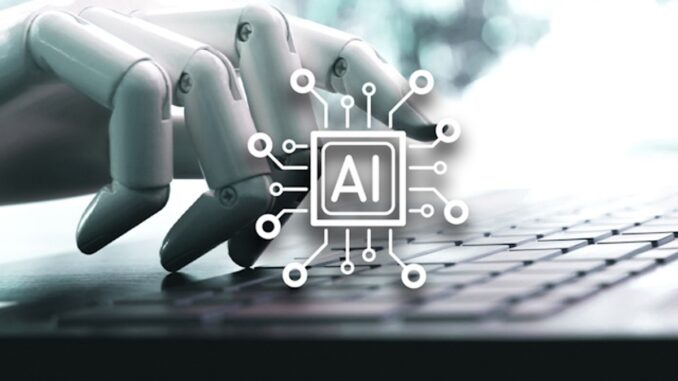
Aligning an AI system with organizational goals, user needs, ethical standards, and compliance requirements is vital for achieving meaningful outcomes. Employing a collaborative, iterative approach, anchored in user feedback and ethical considerations,
enhances the chances that the AI system will be effective, accepted, and sustainable in the long term. By addressing these facets proactively, organizations can create impactful AI solutions that contribute to their strategic objectives.









Aligning an AI system with organizational goals, user needs, and ethical considerations is critical for ensuring that the system delivers value and operates effectively within its intended context. Below are some key strategies and practices for aligning an AI system:
### 1. **Define Clear Objectives and KPIs**
– **Objectives:** Start by establishing clear, measurable objectives that align with broader organizational goals. This provides direction for the AI system’s development and deployment.
– **Key Performance Indicators (KPIs):** Define specific KPIs to measure success. These could include accuracy, recall, or user engagement metrics, depending on the application.
### 2. **Understand User Needs and Stakeholder Perspectives**
– **User Research:** Conduct interviews, surveys, or workshops with potential users to understand their needs, pain points, and expectations from the AI system.
– **Stakeholder Engagement:** Keep stakeholders involved throughout the project to ensure their perspectives and requirements influence the design and functionality of the AI system.
### 3. **Iterative Development Methodology**
– **Agile Practices:** Adopting an agile approach allows for iterations and frequent feedback, making it easier to adapt the AI system to changing requirements and user insights.
– **Prototyping:** Develop prototypes or Minimum Viable Products (MVPs) to test concepts quickly, gather user feedback, and refine features or models based on real-world usage.
### 4. **Alignment with Business Processes**
– **Integration with Existing Systems:** Ensure that the AI system integrates well with current business processes and IT infrastructure. This facilitates smoother operations and user adoption.
– **Process Optimization:** Identify processes that can be improved through AI, and ensure the design of the system enhances those processes rather than complicating them.
### 5. **Ethical Considerations**
– **Bias Mitigation:** Actively work to identify and mitigate potential biases in the data or algorithms. Regular audits and diverse training datasets can help achieve fairness in AI outcomes.
– **Transparency and Explainability:** Build transparency into the system by ensuring users understand how decisions are made. This can enhance trust and acceptance of the AI system.
### 6. **Feedback Mechanisms**
– **User Feedback:** Implement systems for collecting ongoing feedback from users after deployment. This feedback can inform adjustments and refinements.
– **Performance Monitoring:** Continuously monitor the AI system’s performance against established KPIs and use this data to guide improvements.
### 7. **Documentation and Knowledge Sharing**
– **Comprehensive Documentation:** Maintain clear documentation about the AI system’s objectives, architecture, design decisions, and usage guidelines. This helps stakeholders understand and engage with the system effectively.
– **Training and Onboarding:** Provide training sessions and resources for users to ensure they understand how to interact with the system and can leverage its capabilities effectively.
### 8. **Cross-Functional Collaboration**
– **Interdisciplinary Teams:** Leverage expertise from various domains (data science, domain experts, software engineering, and business strategy) to ensure a holistic view of the AI project.
– **Regular Check-Ins:** Hold regular meetings with cross-functional teams to discuss progress, challenges, and alignment with organizational objectives.
### 9. **Adaptability and Scalability**
– **Future-Proofing:** Design the AI system to be adaptable to future changes in business needs or technological advancements. Incorporate flexibility into the architecture to accommodate updates and enhancements.
– **Scalability:** Ensure the system can scale with organizational growth and increased usage without compromising performance.
### 10. **Legal and Compliance Considerations**
– **Data Privacy and Security:** Adhere to legal standards regarding data privacy (such as GDPR) to align with regulations that protect user data.
– **Contingency Plans:** Develop plans for addressing potential ethical dilemmas or legal challenges that may arise from AI deployment.


Leave a Reply